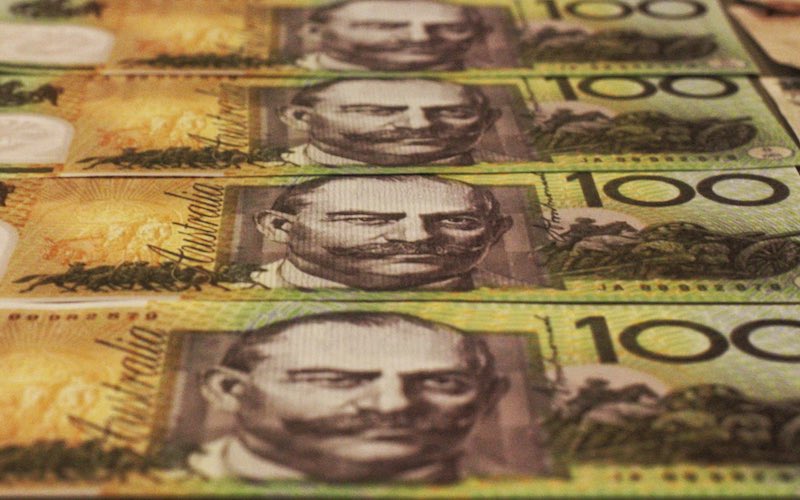This comes as October's labour force figures revealed the number of employed Australians outpaced the unemployed, with employment increasing by 32,000 and the number of unemployed decreasing by 21,000.
The ABS detailed the unemployment rate for men has now fallen to the lowest rate since November 1974, decreasing 0.3% in October to 3.2%, while for women, the unemployment rate remained consistent with September results at 3.6%.
Economists across all major banks had penciled in unemployment to trend in the opposite direction, forecasting a lift to the unemployment rate of 3.6% in October.
Despite this, the lower unemployment rate remains in line with the Reserve Bank's forecast outlined in November's Statement of Monetary Policy.
Head of labour statistics at the ABS Bjorn Jarvis said the participation rate for the survey in October remained steady at a rate of 66.5%, below the high of 66.7%.
"The participation rate was 0.2% below the record high of 66.7% in June 2022, but 0.7% higher than before the pandemic," Mr Jarvis said.
Further, the underutilisation rate which measures the rate of under and unemployed people, fell 0.2% from September to 9.3% - marking the lowest rate since March 1982.
"The low underutilisation rate of 9.3% in October 2022 reflects the fact that there are now around 236,000 fewer unemployed people and 365,000 fewer underemployed people than in March 2020," Mr Jarvis said.
RBA to show no signs of pumping the brakes
AMP Chief Economist Shane Oliver said while the jobs market is showing signs of cooling, the strength of jobs in October makes it hard to see the RBA pausing cash rate increases next month.
"Expect another 25 basis point (0.25%) cash rate hike in December," Dr Oliver said.
Barclays economists echoed this belief noting the RBA is more focused on growth and will increase a further 25 basis points in December.
"The (ABS) report which was strong on all fronts, followed wage price index data that showed strong wage growth," they said.
"The RBA expects the unemployment rate to remain close to the 3.5% level until mid-2023, before it starts to increase gradually in line with softer growth and an increase in the immigrant work force."
Image by Pixabay via Pexels



 Harrison Astbury
Harrison Astbury
 Harry O'Sullivan
Harry O'Sullivan

 Brooke Cooper
Brooke Cooper
 Rachel Horan
Rachel Horan
